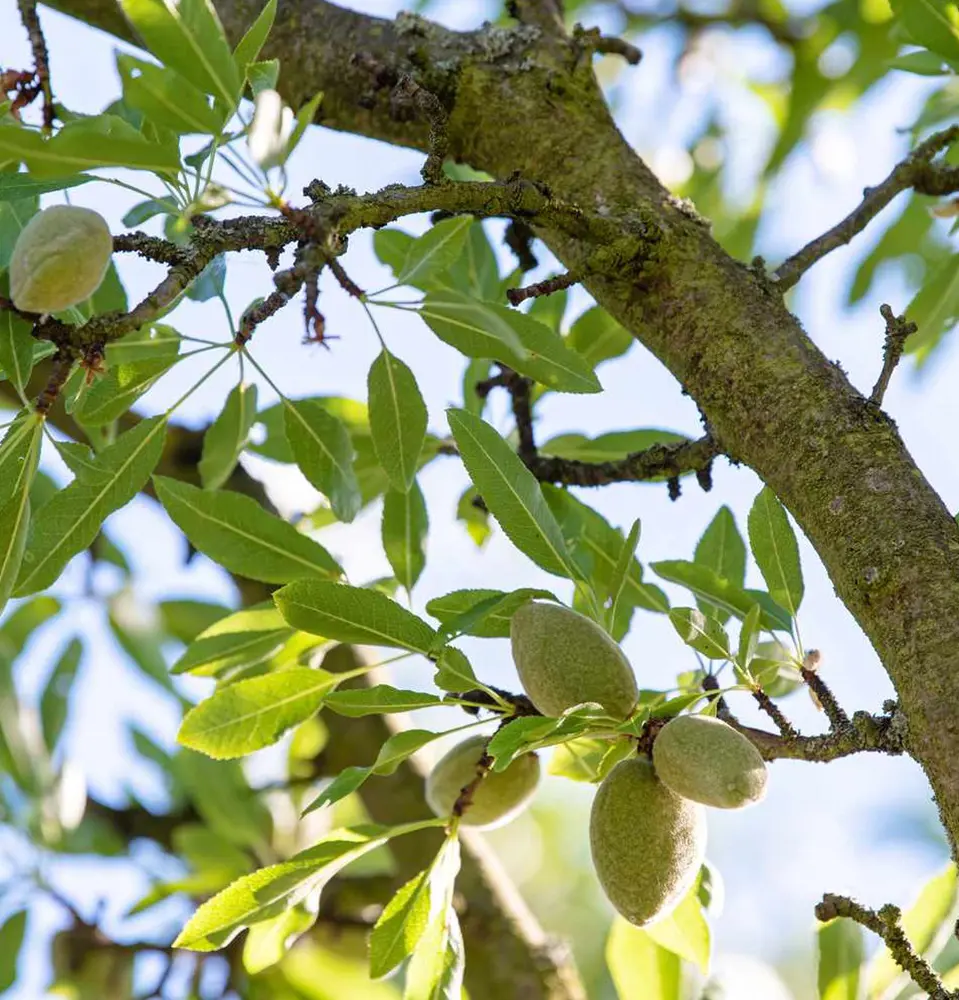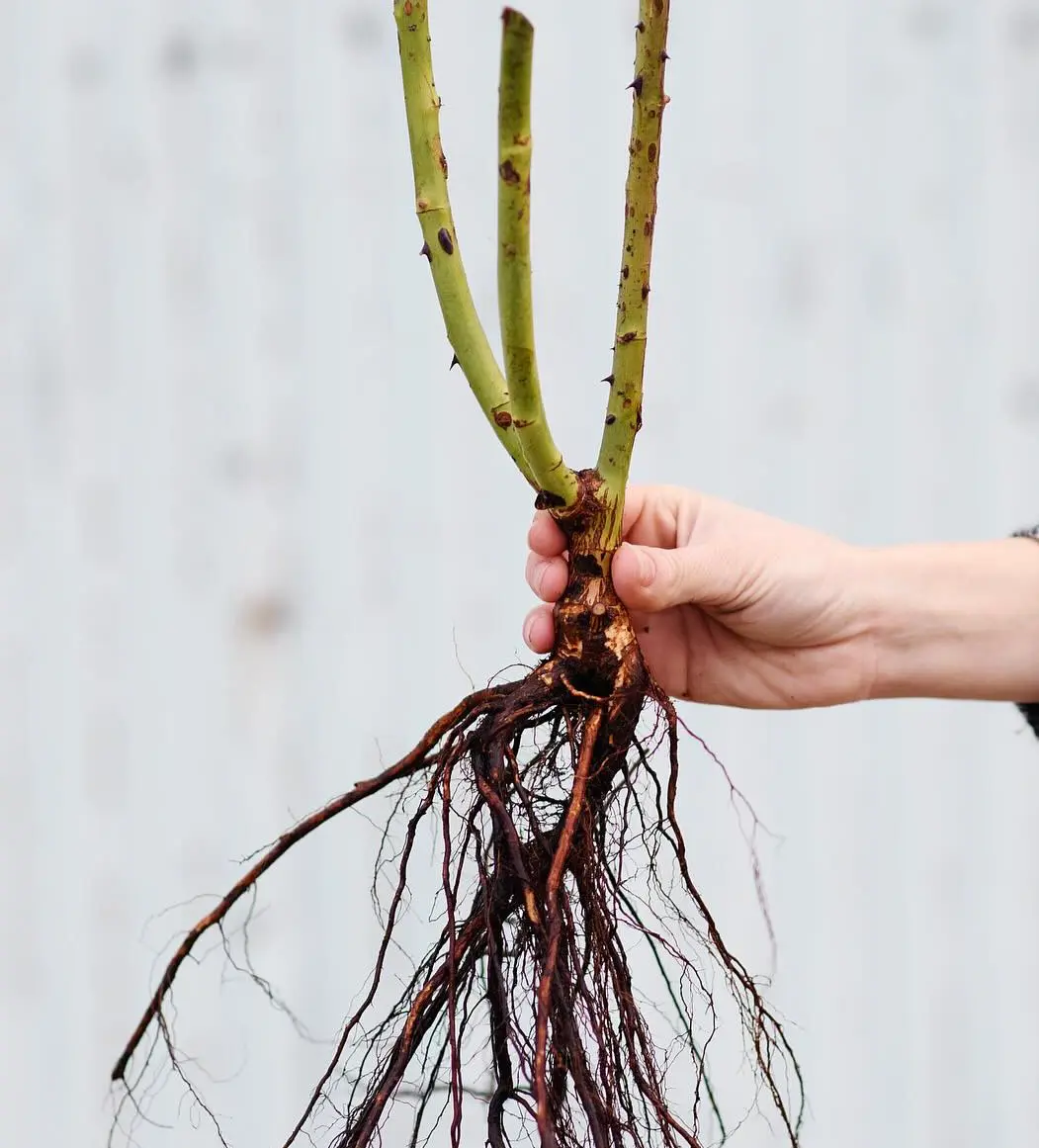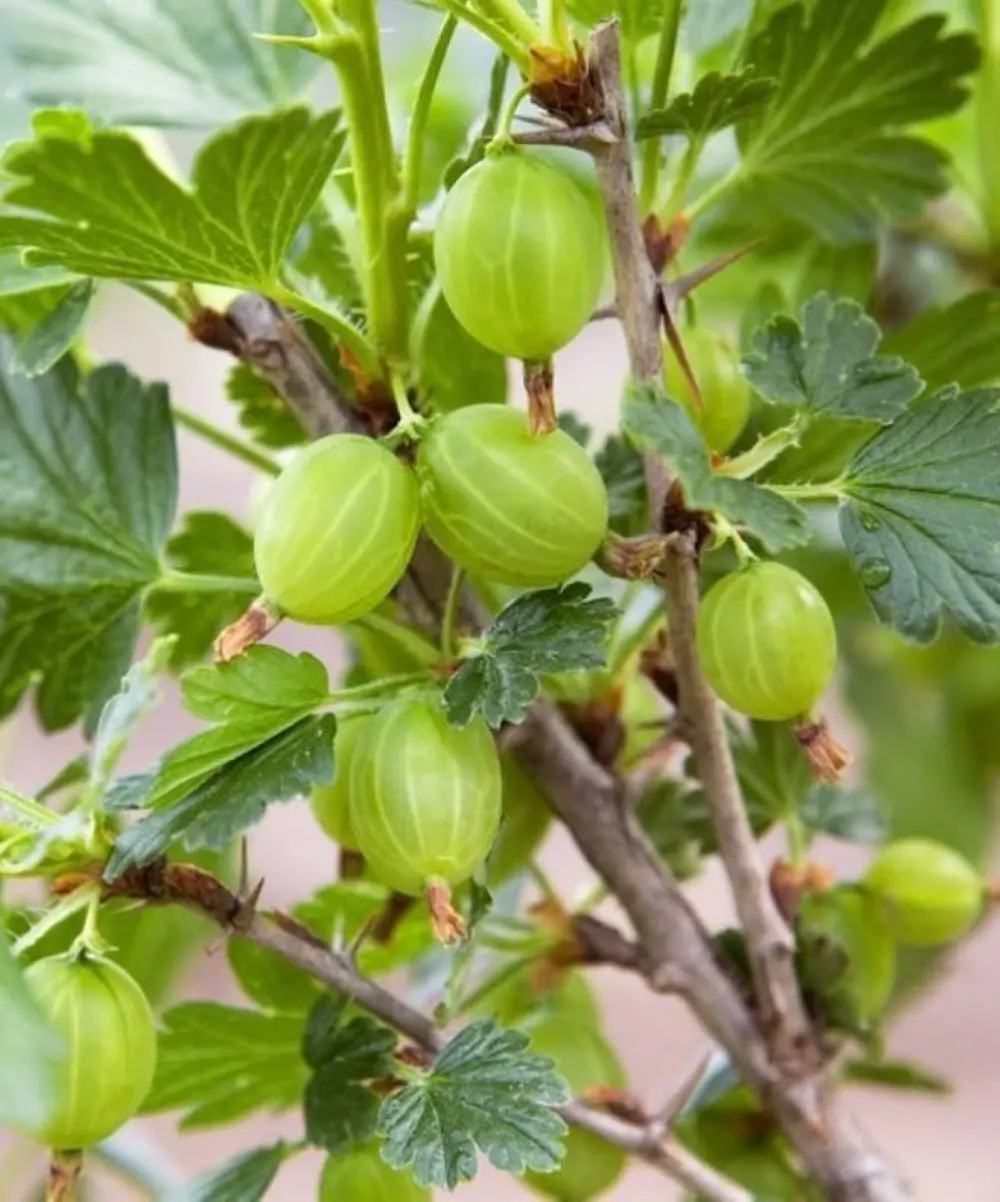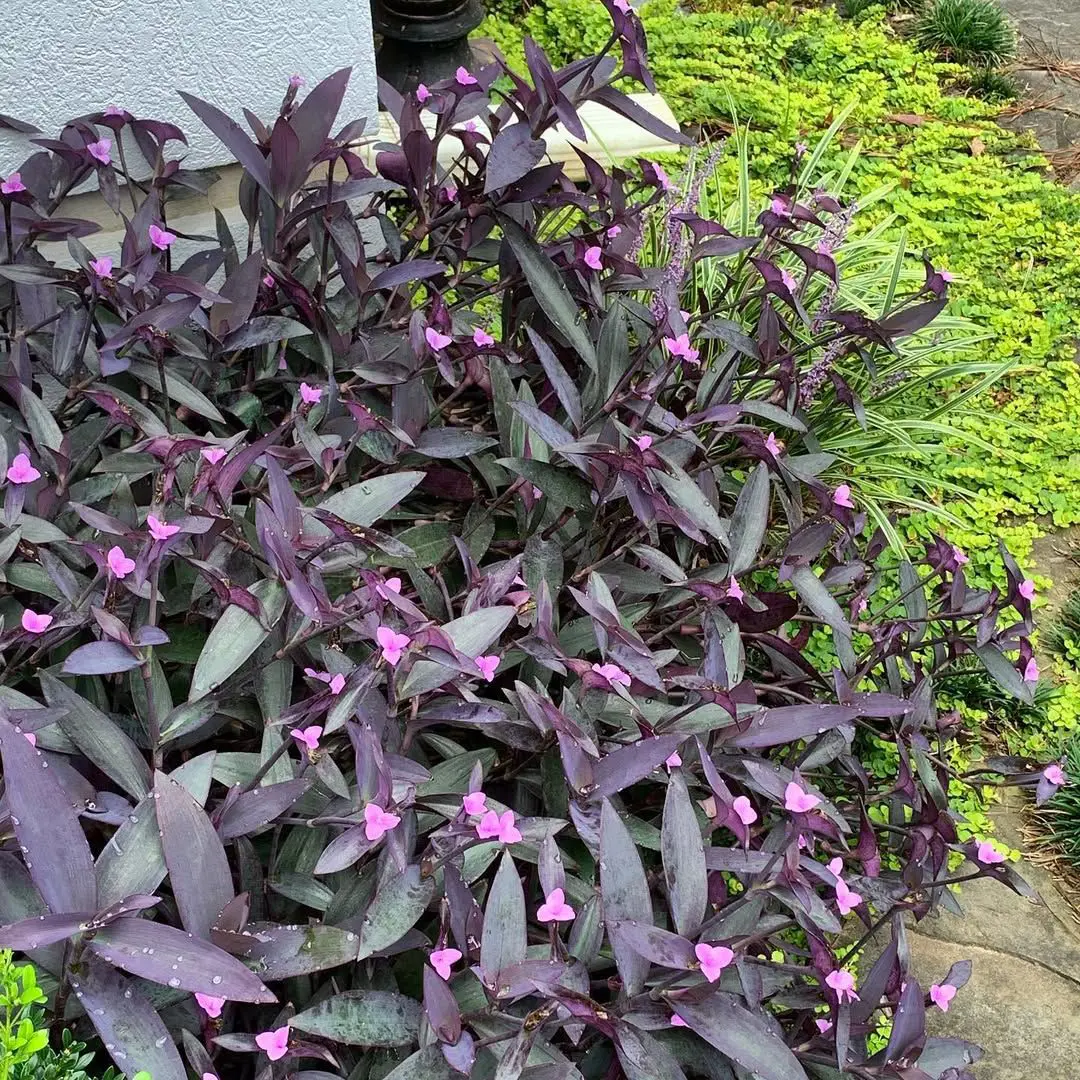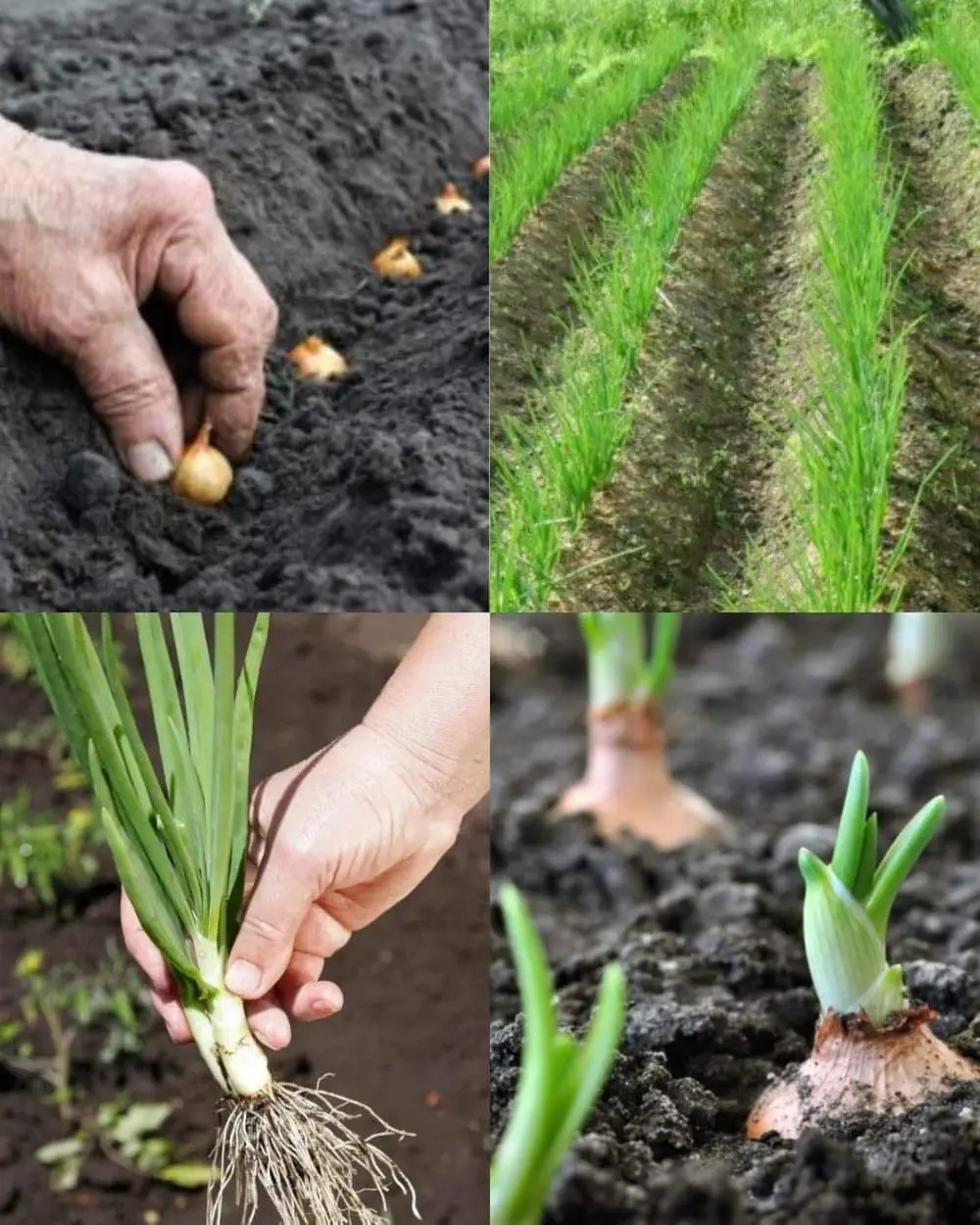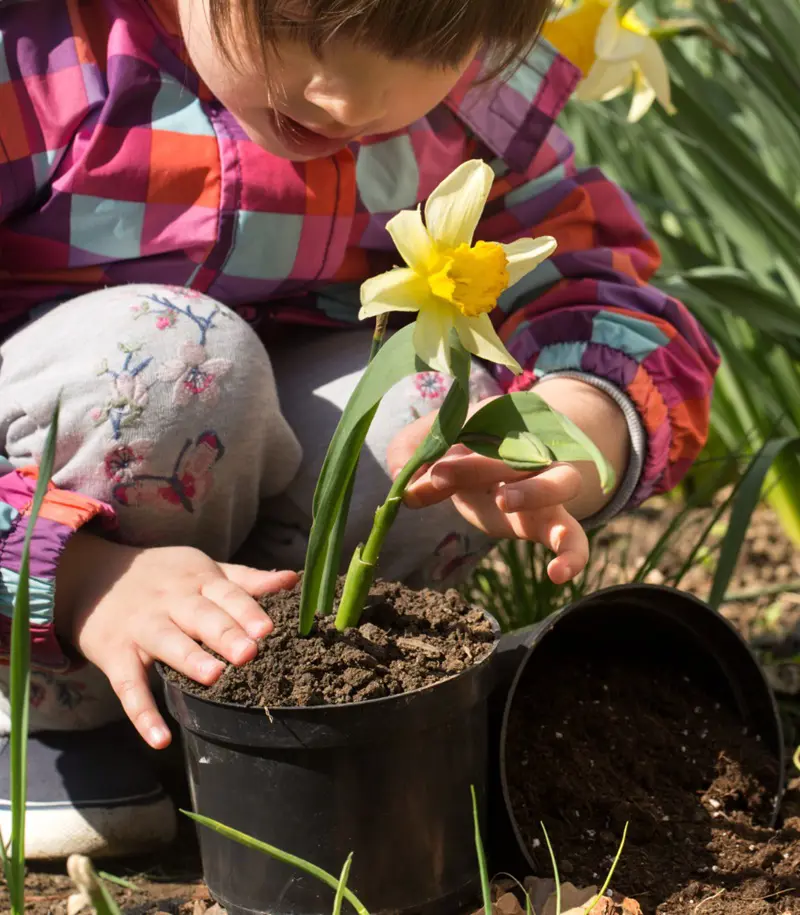Growing almond trees can be a rewarding endeavor, providing both aesthetic beauty and nutritious nuts. These resilient trees thrive in warm, dry climates and require specific care to ensure a healthy yield
Whether you’re a seasoned gardener or a novice, understanding the essentials of planting, watering, pruning, and pest control is crucial for successful almond cultivation.
This guide will walk you through the steps needed to grow and care for almond trees, helping you enjoy a bountiful harvest year after year.
How to Grow Almond Trees
Choosing the Right Variety
Selecting the appropriate almond tree variety is crucial. Some popular varieties include:
- Nonpareil: Known for its high-quality nuts, easy shelling, and thin shells.
- Carmel: Appreciated for its late-blooming, making it less susceptible to frost.
- Butte: Preferred for its hard shell and high yield.
Ideal Growing Conditions
Almond trees thrive in Mediterranean climates, characterized by hot, dry summers and mild, wet winters. They require:
- Sunlight: Full sun exposure for at least 6-8 hours a day.
- Soil: Well-drained, loamy soil with a pH between 6.0 and 7.5.
- Water: Regular watering, especially during the first few years. Mature trees are drought-tolerant but benefit from occasional deep watering.
Planting Almond Trees
- Timing: The best time to plant almond trees is in the winter or early spring when they are dormant.
- Spacing: Plant trees 20-30 feet apart to ensure adequate air circulation and room for growth.
- Planting Process:
- Dig a hole twice as wide and deep as the root ball.
- Place the tree in the hole, ensuring the graft union (if any) is above the soil line.
- Backfill with soil, pressing gently to remove air pockets.
- Water thoroughly after planting.
Propagating Almond Trees
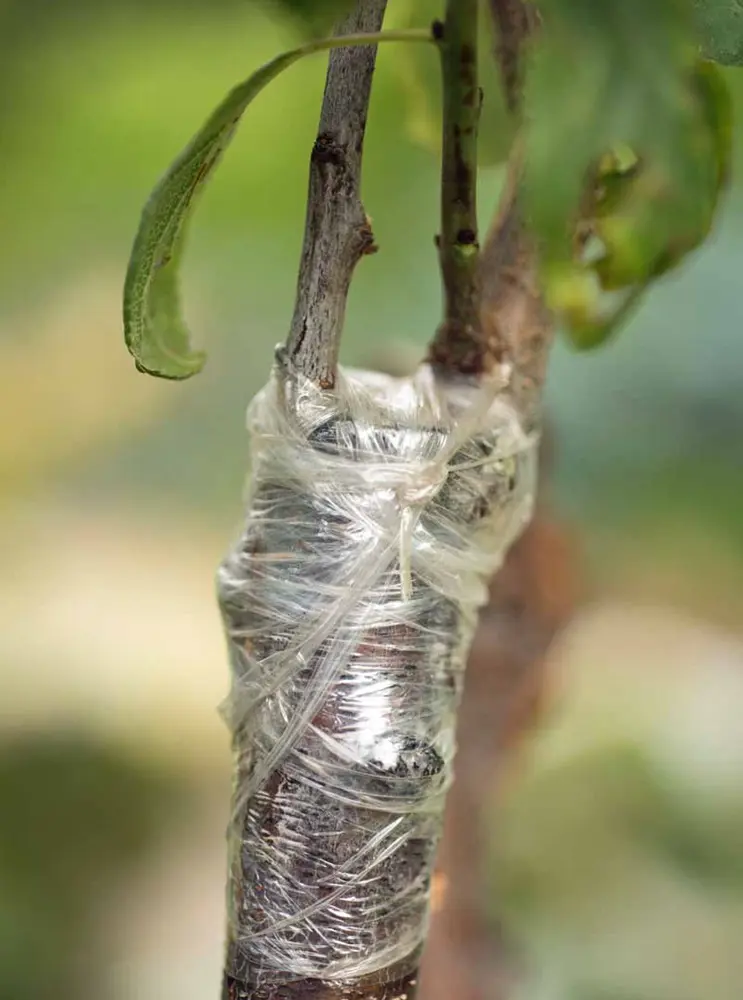
Propagating almond trees can be achieved through several methods, including seed germination, cuttings, and grafting. Here’s a detailed guide on each method:
Seed Germination
- Collect Seeds: Harvest seeds from mature almonds. Ensure they are from a reputable source to guarantee quality.
- Prepare Seeds: Remove the outer shell and soak the seeds in water for 24 hours to soften them.
- Cold Stratification: Place the seeds in a plastic bag with moist sand or peat moss and refrigerate for 6-8 weeks. This mimics winter conditions and promotes germination.
- Plant Seeds: After stratification, plant the seeds 1-2 inches deep in well-draining soil in pots. Keep the soil moist but not waterlogged.
- Germination: Place the pots in a warm, sunny location. Germination can take several weeks to a few months.
Cuttings
- Select Healthy Branches: Choose 6-8 inch long semi-hardwood cuttings from a healthy almond tree during late spring or early summer.
- Prepare Cuttings: Remove the leaves from the lower half of the cuttings and dip the cut ends in the rooting hormone to enhance root development.
- Plant Cuttings: Insert the cuttings into a pot filled with a mixture of sand and peat moss. Ensure the soil is well-draining.
- Provide Optimal Conditions: Keep the cuttings in a warm, humid environment. Covering the pot with a plastic bag can help maintain humidity.
- Root Development: After a few weeks to months, the cuttings should develop roots. Transplant them into larger pots or directly into the ground once they are well-established.
Grafting
- Choose Rootstock: Select a compatible rootstock, such as a peach or plum, as they share similar growth characteristics with almonds.
- Prepare Scion: Cut a healthy, disease-free almond scion (a small branch) with several buds.
- Graft the Scion: Using a T-budding or cleft grafting technique, attach the scion to the rootstock. Secure the graft with grafting tape.
- Maintain the Graft: Keep the grafted area moist and protect it from extreme temperatures. Remove any shoots that emerge from the rootstock below the graft.
- Monitor Growth: After a few weeks, the scion should begin to grow. Continue to care for the grafted tree by providing proper watering, fertilization, and protection from pests.
Care for Almond Trees
Watering
Young almond trees require regular watering to establish their roots. Water them weekly, ensuring the soil is moist but not waterlogged. Mature trees need less frequent watering but benefit from deep irrigation during dry periods.
Fertilizing
Fertilize almond trees in early spring before new growth begins and again in late spring. Use a balanced fertilizer with equal parts nitrogen, phosphorus, and potassium. Organic options like compost or well-rotted manure are also beneficial.
Mulching
Apply a layer of mulch around the base of the tree to retain moisture, suppress weeds, and regulate soil temperature. Keep the mulch a few inches away from the trunk to prevent rot.
Types of Almond Trees
Sweet Almond Trees
Sweet almond trees are the most commonly grown for edible nuts. Varieties include:
- Nonpareil: High yield and quality, popular for commercial production.
- Tuono: Hardy and late-blooming, resistant to frost.
- Sonora: Produces long, narrow nuts with a soft shell.
Bitter Almond Trees
Bitter almond trees produce nuts containing amygdalin, which can release cyanide when ingested. These are not commonly grown for consumption but are used in the production of almond oil and flavoring extracts.
Harvesting Almonds
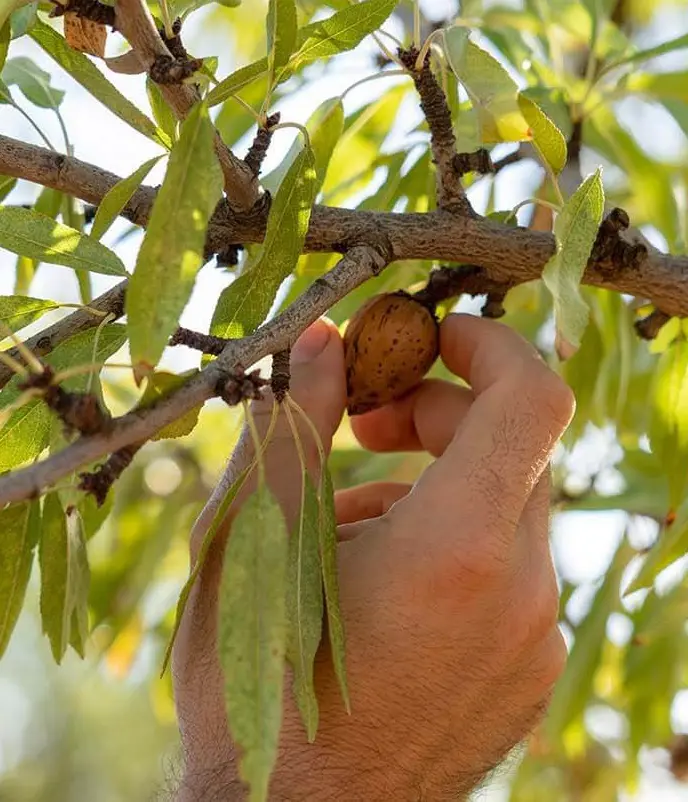
Timing
Almonds are typically harvested from late summer to early autumn. The exact timing depends on the variety and local climate.
Process
- Shaking: Trees are often mechanically shaken to dislodge the nuts.
- Gathering: Nuts are collected from the ground, either by hand or with specialized equipment.
- Drying: After harvesting, almonds need to be dried to reduce moisture content. Spread them out in a single layer in a sunny, dry area for 7-10 days.
Storing
Store dried almonds in a cool, dry place. They can be kept in airtight containers at room temperature for several months or refrigerated for a longer shelf life.
Pruning Almond Trees
Importance
Pruning is essential for maintaining tree health, encouraging new growth, and increasing nut production.
When to Prune
The best time to prune almond trees is during the dormant season in late winter or early spring before new growth begins.
How to Prune
- Remove Dead or Diseased Wood: Cut back any dead, damaged, or diseased branches.
- Thin Out Crowded Branches: Ensure good air circulation by removing overcrowded branches.
- Shape the Tree: Maintain an open center by removing inward-growing branches.
- Trim for Size: Prune to manage the tree’s size and shape, focusing on removing excessive growth.
Overwintering Almond Trees
Preparing for Winter
- Watering: Give your tree a deep watering before the ground freezes to provide moisture throughout winter.
- Mulching: Apply a thick layer of mulch around the base to insulate roots and retain moisture.
- Protection: In colder regions, consider wrapping the trunk with burlap or tree wrap to protect against frost damage.
Winter Care
During winter, regularly check for signs of disease or pest infestation. Remove any fallen leaves or debris around the base to prevent fungal infections.
Common Pests and Diseases
Pests
- Navel Orangeworm: Larvae feed on nuts, causing significant damage. Control with biological insecticides and proper sanitation.
- Aphids: Small, sap-sucking insects that can weaken trees. Manage with insecticidal soap or neem oil.
- Spider Mites: Tiny pests that cause stippling on leaves. Control with regular watering and miticides if necessary.
Diseases
- Brown Rot: Fungal disease affecting blossoms and fruit. Prevent with fungicidal sprays and good air circulation.
- Shot Hole Disease: Causes holes in leaves and lesions on fruit. Manage with copper-based fungicides and by removing infected plant material.
- Verticillium Wilt: Soil-borne fungus that causes wilting and yellowing leaves. Control by avoiding planting in previously infected soil and practicing crop rotation.
Tips and Tricks for Healthy Almond Trees
- Pollination: Plant at least two compatible varieties to ensure cross-pollination and higher yields.
- Regular Inspections: Check your trees regularly for signs of pests, diseases, or nutrient deficiencies.
- Soil Testing: Test soil periodically to monitor pH and nutrient levels, adjusting as needed.
- Proper Spacing: Ensure adequate spacing between trees to reduce competition and improve air circulation.
- Seasonal Care: Adjust care practices according to the season, such as reducing watering in winter and increasing it during dry periods.
Common Issues and Solutions
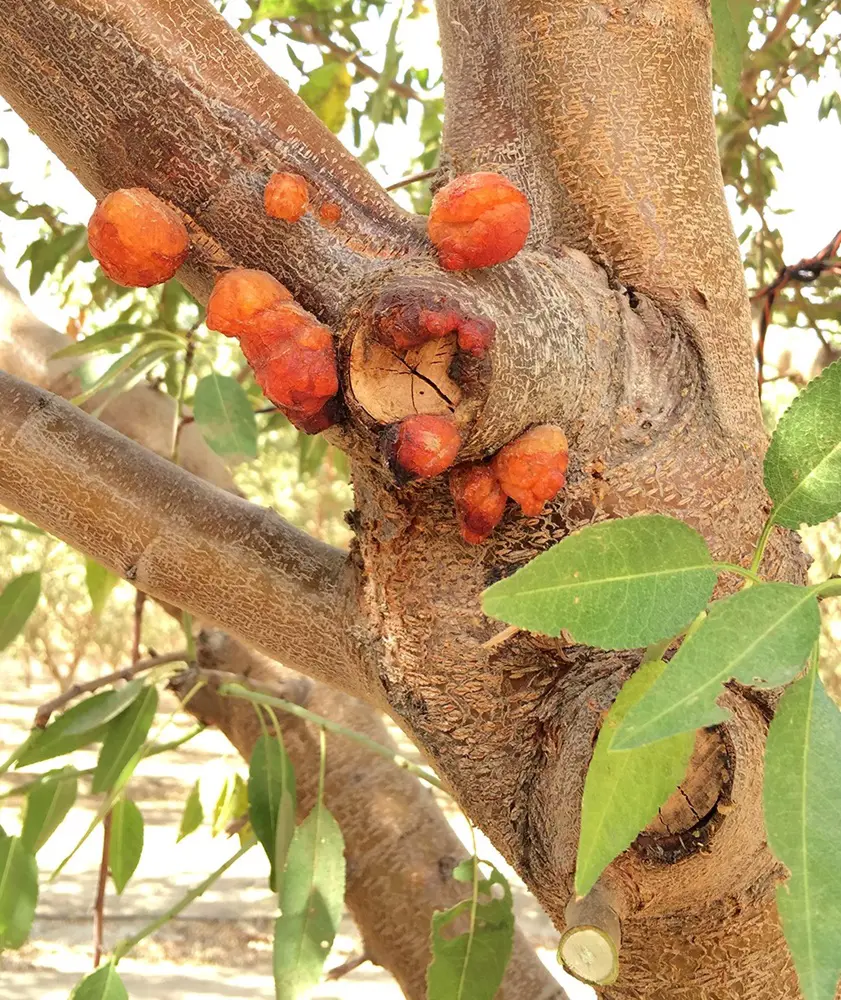
Poor Yield
- Cause: Inadequate pollination, nutrient deficiencies, or pest problems.
- Solution: Plant multiple varieties, fertilize appropriately, and manage pests effectively.
Leaf Yellowing
- Cause: Overwatering, nutrient deficiencies, or disease.
- Solution: Adjust watering practices, conduct soil tests, and treat any diseases promptly.
Nut Drop
- Cause: Stress from drought, poor pollination, or disease.
- Solution: Ensure consistent watering, plant-compatible pollinator varieties, and manage tree health.
Origin and History of Almond Trees
Historical Background
The almond tree, Prunus dulcis, is a member of the Rosaceae family. Originating from the Middle East and South Asia, almonds have been cultivated for thousands of years.
They were mentioned in early texts, including the Bible, and were highly valued by ancient civilizations such as the Greeks and Romans. The almond tree symbolizes hope and resurrection in various cultures, partly due to its early blooming cycle.
Introduction to Other Regions
Almonds spread to other regions through trade routes. The Silk Road played a significant role in their dissemination across Asia and Europe. By the 18th century, Spanish missionaries introduced almond trees to California, where they found an ideal climate for growth.
Today, California is the largest producer of almonds globally, providing about 80% of the world’s supply.
Frequently Asked Questions (FAQ)
How long does it take for an almond tree to produce nuts?
Almond trees typically start producing nuts in their third year, with peak production occurring around 5-6 years.
Can almond trees be grown in containers?
Yes, dwarf almond varieties can be grown in large containers, though they will require regular watering and fertilizing.
Do almond trees need a lot of water?
Young almond trees need regular watering, but mature trees are relatively drought-tolerant. Deep watering during dry periods is beneficial.
What is the best climate for growing almond trees?
Almond trees thrive in Mediterranean climates with hot, dry summers and mild, wet winters.
How can I tell when almonds are ready to harvest?
Almonds are ready to harvest when the hulls split open and the shells inside become dry and brittle.
Are almond trees self-pollinating?
Most almond trees are not self-pollinating and require cross-pollination from another compatible variety to produce nuts.
What should I do if my almond tree has pests?
Identify the pest and treat it accordingly, using organic or chemical controls as needed. Regular monitoring and good sanitation practices can prevent infestations.
